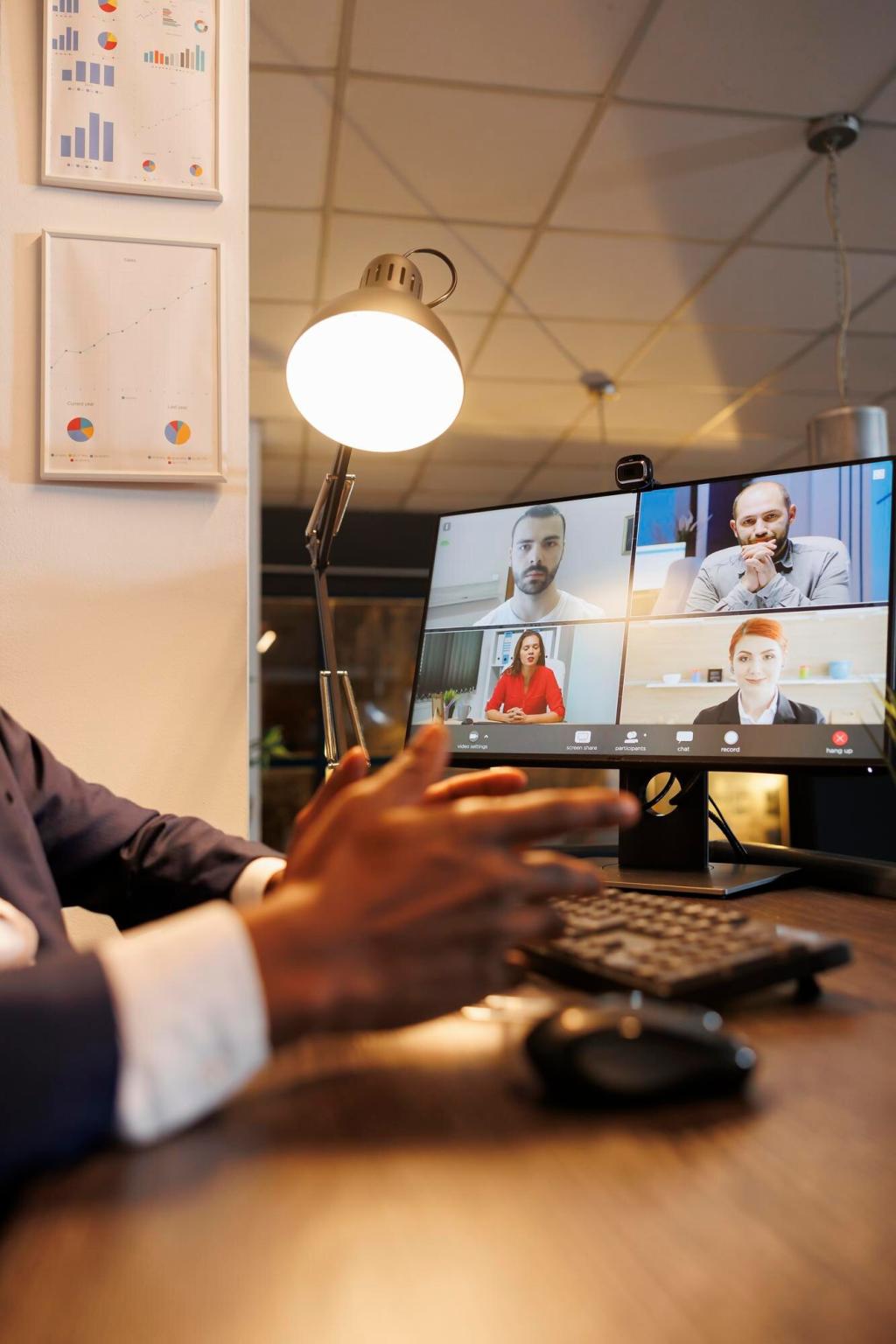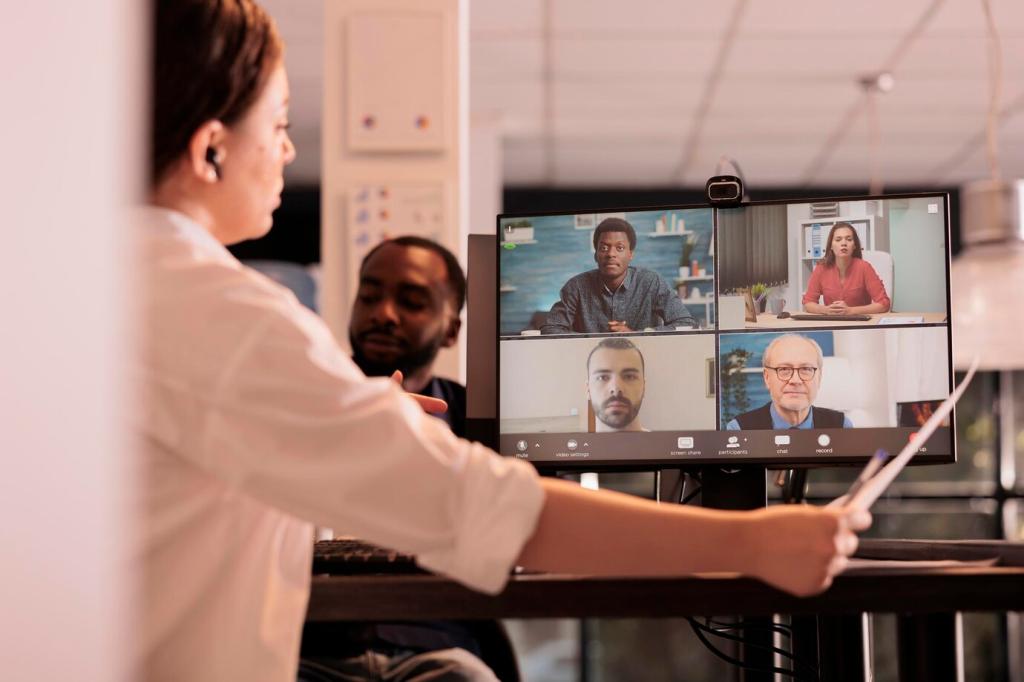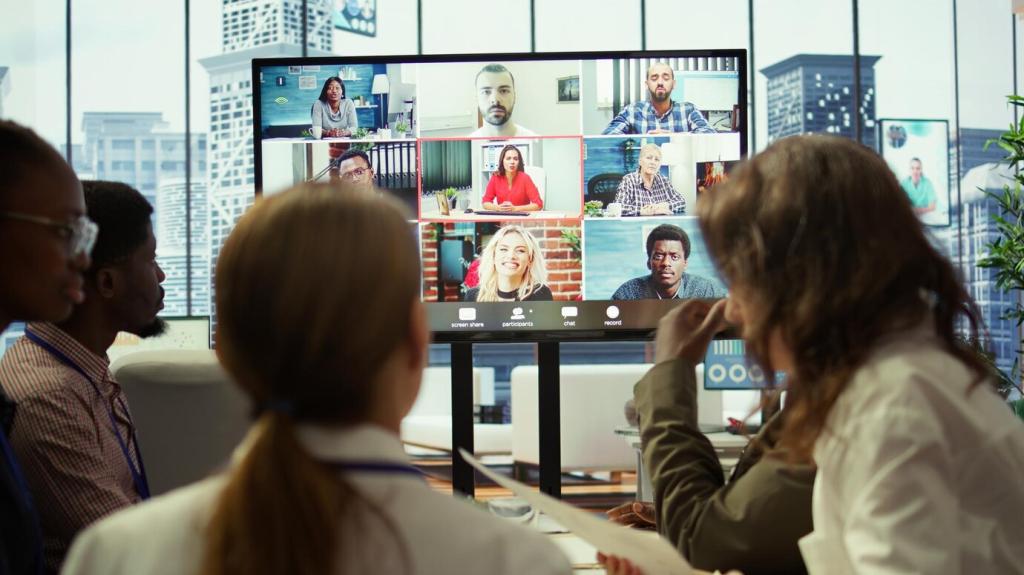
Overcoming Challenges in Remote Teamwork
Chosen theme: Overcoming Challenges in Remote Teamwork. Welcome to a warm, practical space where distributed teams learn to communicate clearly, build trust, and ship great work—no matter the distance. Share your experiences in the comments and subscribe for weekly tactics, templates, and real stories from remote teams like yours.


Diagnosing Remote Friction Early
Watch for slow replies without context, quiet standups, scope drift after handoffs, vague owners, and tense chat tones. These subtle symptoms reveal misalignment that grows overnight. Share your top warning signs so others can spot trouble faster.
Diagnosing Remote Friction Early
Create a daily async loop: what moved, what’s blocked, and what needs a decision. Keep it short, visible, and searchable. This rhythm replaces hallway updates and prevents blockers from festering while teammates sleep across continents.


Communication Architecture Across Time Zones
Treat chat like side streets, docs like highways, and issues like bridges between teams. Choose lanes before you drive. When everyone knows where decisions live, messages stop scattering and work flows smoothly without constant pings or frantic follow-ups.
Communication Architecture Across Time Zones
If a thread takes more than three back-and-forths, escalate to a quick call or record a short loom. Remote teams win by reducing ambiguity early, not by writing novels. Post the outcome in the original thread to preserve context for everyone.
Micro-Affirmations in Chat
Simple acknowledgments—“received,” “on it,” or a brief summary—signal reliability. Pair praise with specifics, and critique with suggestions. These tiny habits compound into safety, letting teammates raise risks earlier and speak candidly without fearing a public pile-on.
Cameras Optional, Context Mandatory
Mandating cameras can exclude or exhaust. Instead, insist on context: agendas, decisions, and next steps captured in writing. This levels the field for introverts, caregivers, and neurodivergent teammates, while keeping everyone aligned when schedules rarely overlap cleanly.
Story: The Emoji That Saved a Launch
During a tense pre-release review, a junior engineer reacted with a worried face to a performance metric. That tiny nudge prompted a deeper look, uncovering a memory leak. The team celebrated the catch and adopted a “concern” reaction for early warnings.
Start with the final screenshot, acceptance tests, and user behavior. Then document the steps required to reach that outcome. Backward planning clarifies scope, prevents surprises, and gives every contributor a shared picture of success before any code or copy begins.
Clarity: Objectives, Ownership, and Handovers
Assign a single owner for outcomes, a driver for day-to-day execution, and an approver for final calls. Post names in the task. When roles are visible, questions route instantly and decisions happen without long, confusing threads that dribble across time zones.
Clarity: Objectives, Ownership, and Handovers


Managing Energy, Not Just Time
Create shared focus blocks and a small overlap window for fast decisions. Publish calendars and norms so people plan their day realistically. When everyone defends these boundaries, work accelerates without sacrificing evenings, weekends, or the quiet needed for real thinking.
Managing Energy, Not Just Time
Require agendas, pre-reads, and clear outcomes. End five minutes early to capture decisions in writing. Make attendance optional when updates are documented. This turns meetings from energy drains into crisp alignment tools that honor both attention and asynchronous collaboration.
Tools and Automation That Reduce Cognitive Load
Pick a single system for tasks, docs, and decisions. Link everything. When people trust where information lives, they stop asking for updates in chat and start moving work forward without waiting for someone to wake up and reply.
Tools and Automation That Reduce Cognitive Load
Codify repeatable steps—approvals, tests, rollbacks—into checklists or pipelines. Checklists reduce stress in distributed launches because nobody relies on memory at 2 a.m. They also create learning artifacts that improve with every incident and postmortem across the team.


Resolving Conflict Remotely with Grace
Start with a neutral timeline, decisions, and artifacts. Then invite perspectives and emotions. This sequence de-escalates defensiveness and preserves relationships. It also ensures discussions remain anchored to shared evidence rather than interpretations that drift across asynchronous messages.
Resolving Conflict Remotely with Grace
Handle heated issues one-on-one or in a small call. After alignment, post a short summary to the original thread. This honors dignity while preserving collective learning, so teammates see how disagreements conclude without replaying the conflict in public.
Resolving Conflict Remotely with Grace
A failed migration sparked finger-pointing across three time zones. A lead reframed the call as a learning review, mapping causes and capturing safeguards. The tone flipped, actions landed, and the team adopted a template that prevents repeat drama under pressure.

Onboarding and Inclusion for Distributed Teams
Give newcomers a clear map: people, tools, and expectations. Set a small, meaningful first-week deliverable with a supportive reviewer. Quick wins create confidence, reveal gaps early, and build momentum without overwhelming someone still learning how your remote engine runs.
Onboarding and Inclusion for Distributed Teams
Pair new hires with cross-functional buddies who explain norms, not just processes. Encourage weekly check-ins, questions without judgment, and introductions across teams. Buddies translate unwritten rules, reducing isolation and accelerating integration into the remote community’s rhythm and values.
